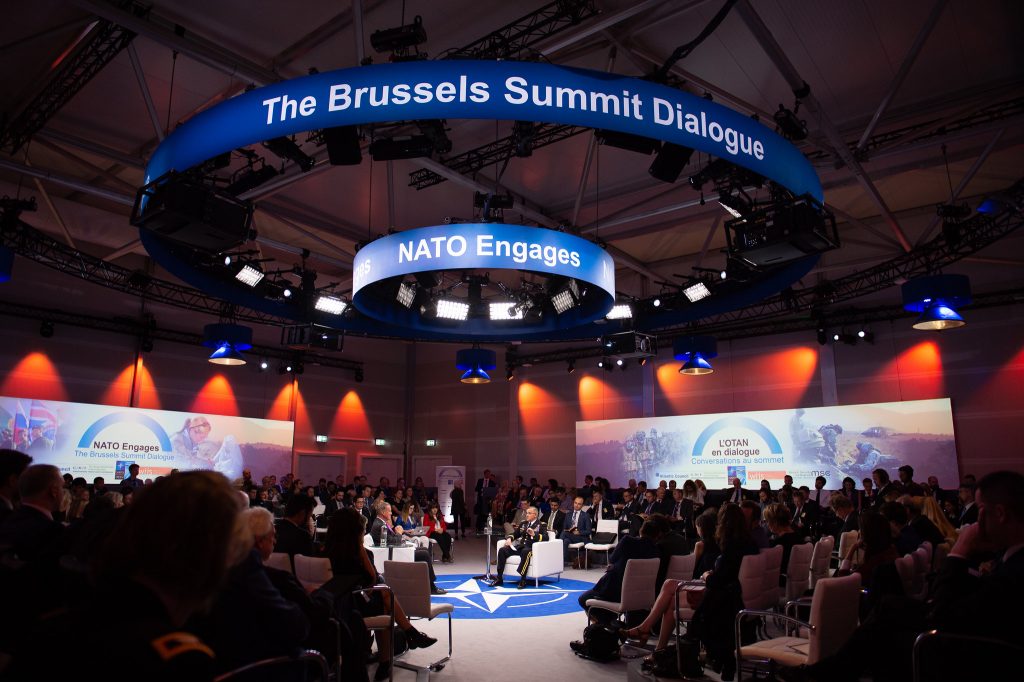At the July 2018 Brussels Summit, NATO sought to enhance its deterrence capacity, war-fighting posture, and responses to unconventional challenges in today’s complex and evolving security environment. These commitments are comprehensive, and included meeting the allies’ 2-percent spending pledge, but the results of these decisions will depend on their implementation. This paper sets forth a policy and programmatic framework for that implementation, proposing four sets of actions that NATO should undertake related to enhancing conventional readiness, strengthening cyber defense and resilience, countering hybrid challenges, and updating strategic planning.
In this paper, Kramer, Binnendijk, and Speranza argue that, to be most effective, these actions should be adopted as part of a broader, coordinated strategy that includes diplomatic, information, and economic efforts, and could be incorporated into the new 2019 NATO Political Guidance. They also underscore that the enhancement of conventional military and counter-hybrid capabilities, including measures to be taken left of crisis, are pressing elements that should be prioritized accordingly.
Image: General Curtis M. Scaparrotti, Supreme Allied Commander Europe, discusses his challenges as a NATO strategic military commander, with General (Ret) James Jim Jones Jr., during the Brussels Summit Dialogue at NATO HQ, Brussels, July 12, 2018. The Brussels Summit Dialogue was a side venue that took place alongside the Brussels Summit, bringing experts from through NATO and the European Union together to discuss current topics affecting the transatlantic states. (NATO photo by Tech. Sgt. Cody H. Ramirez, USA AF)
